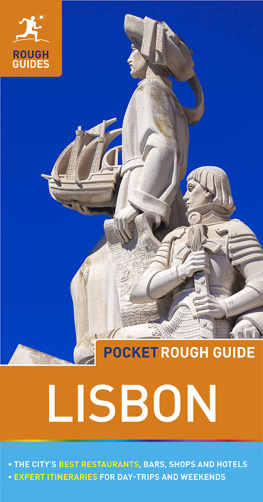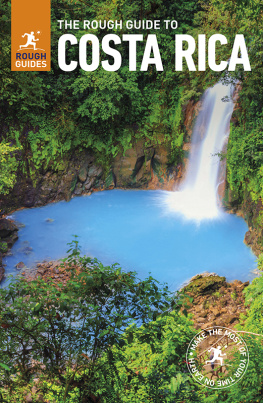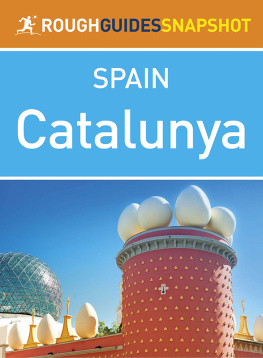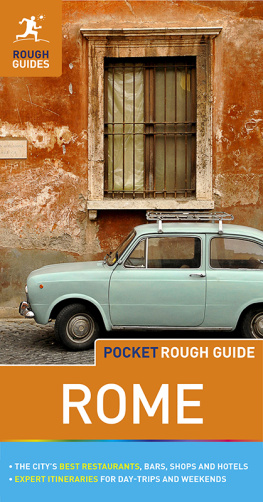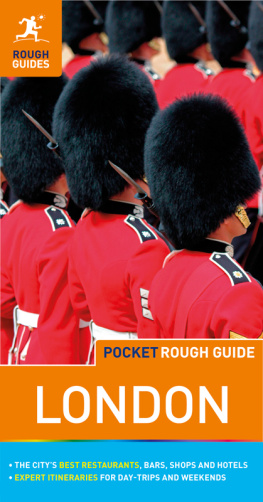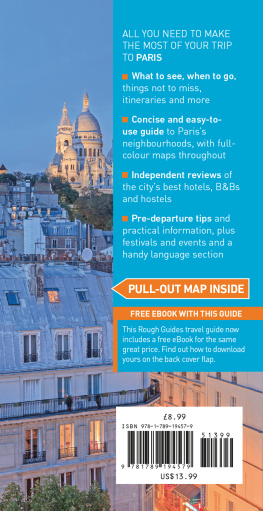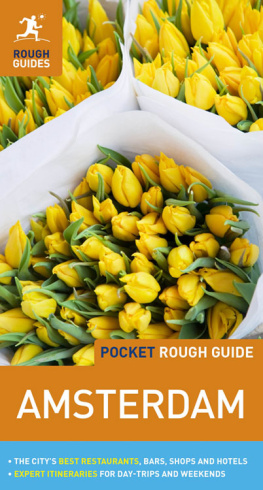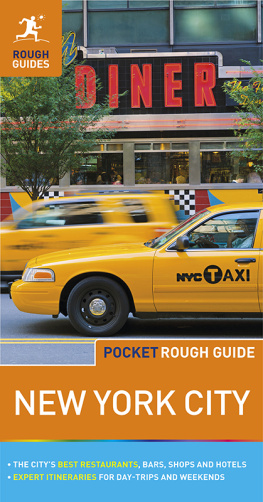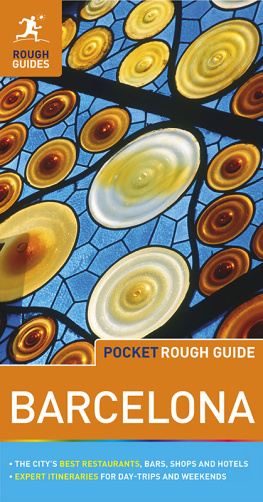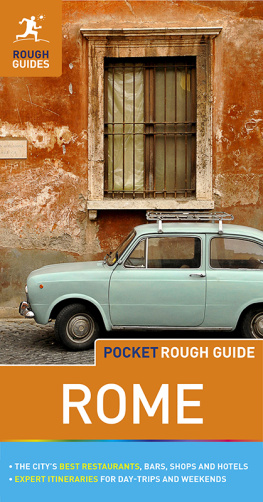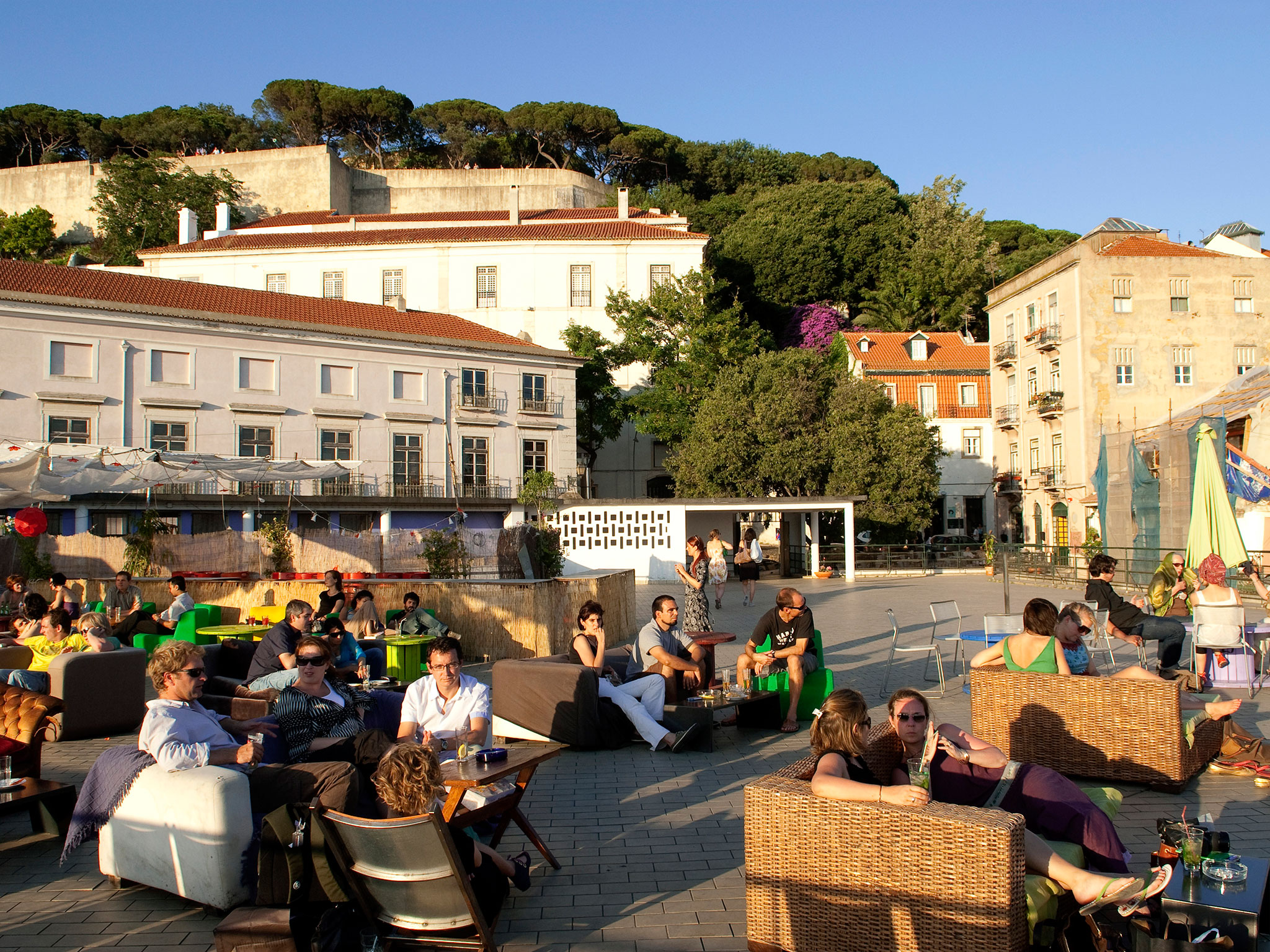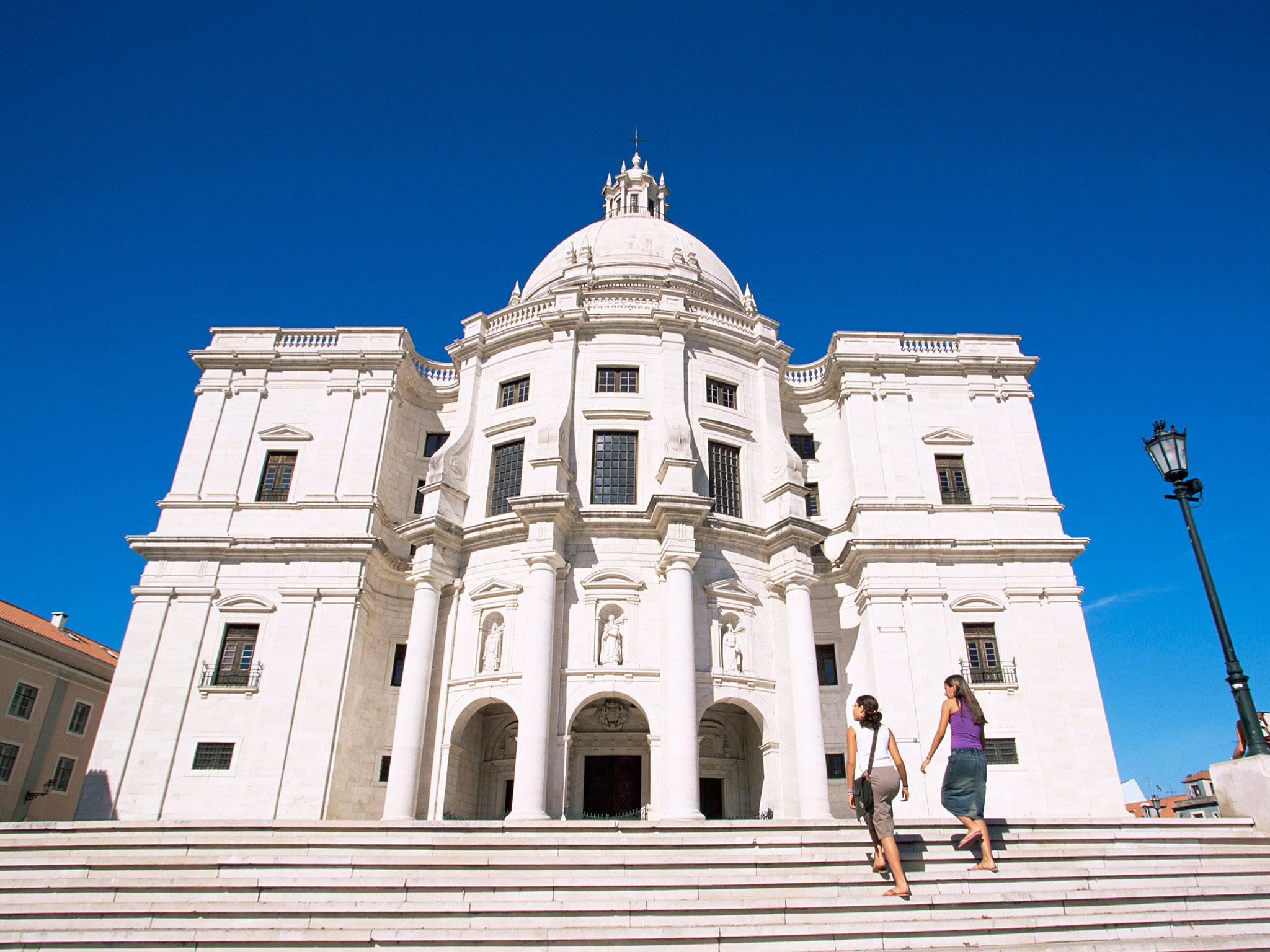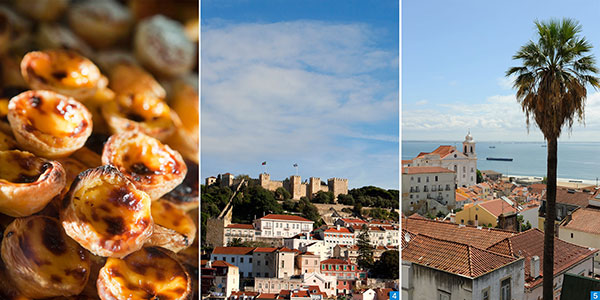Rough Guides - Pocket Rough Guide Lisbon
Here you can read online Rough Guides - Pocket Rough Guide Lisbon full text of the book (entire story) in english for free. Download pdf and epub, get meaning, cover and reviews about this ebook. year: 2017, publisher: Rough Guides, genre: Detective and thriller. Description of the work, (preface) as well as reviews are available. Best literature library LitArk.com created for fans of good reading and offers a wide selection of genres:
Romance novel
Science fiction
Adventure
Detective
Science
History
Home and family
Prose
Art
Politics
Computer
Non-fiction
Religion
Business
Children
Humor
Choose a favorite category and find really read worthwhile books. Enjoy immersion in the world of imagination, feel the emotions of the characters or learn something new for yourself, make an fascinating discovery.
- Book:Pocket Rough Guide Lisbon
- Author:
- Publisher:Rough Guides
- Genre:
- Year:2017
- Rating:5 / 5
- Favourites:Add to favourites
- Your mark:
Pocket Rough Guide Lisbon: summary, description and annotation
We offer to read an annotation, description, summary or preface (depends on what the author of the book "Pocket Rough Guide Lisbon" wrote himself). If you haven't found the necessary information about the book — write in the comments, we will try to find it.
Find handy information on everything from the citys enchanting squares and superb museums to the nightlife in Bairro Alto and the best restaurants to enjoy traditional bacalhau. Make the most of your visit using the itineraries section and find practical advice on the best family-friendly attractions and easiest ways to get around - all written in Rough Guides trademark honest and informative style.
Slim, stylish and utterly pocketable, with the Pocket Rough Guide Lisbon youll discover the very best Lisbon has to offer.
Rough Guides: author's other books
Who wrote Pocket Rough Guide Lisbon? Find out the surname, the name of the author of the book and a list of all author's works by series.

